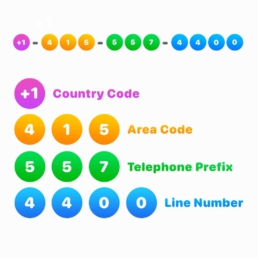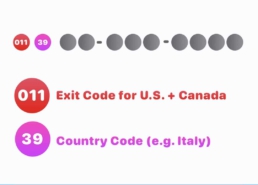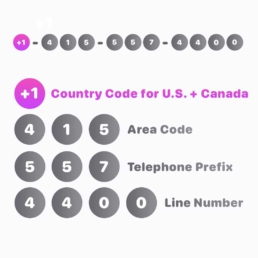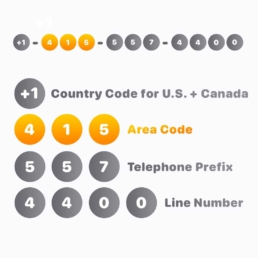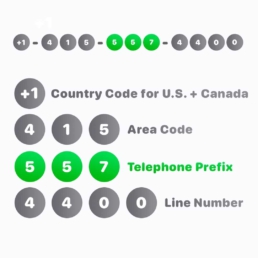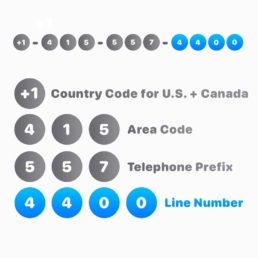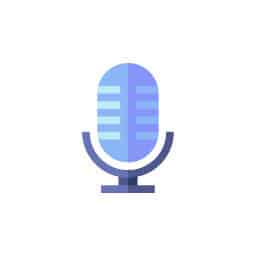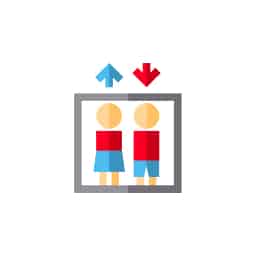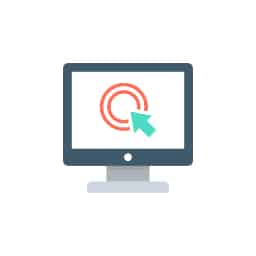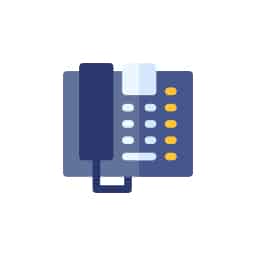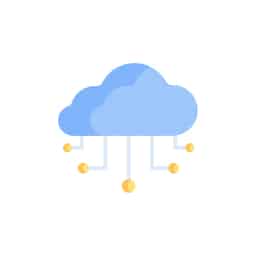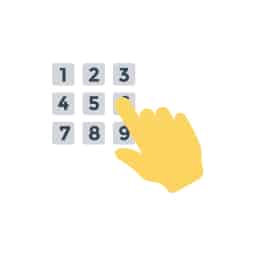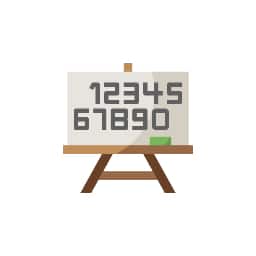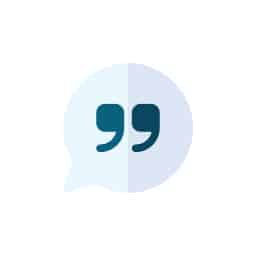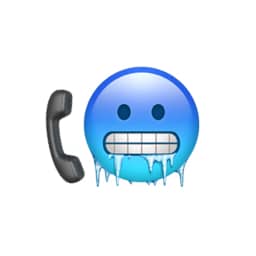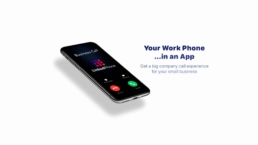What Are The Different Parts of a Phone Number Called?
Summary: What are the Different Parts of a Phone Number Called?
In the U.S. and Canada, the parts of a phone number are the exit code, country code, area code, telephone prefix, and line number. The exit code lets you dial out of your home country. The country code is an identifier for a specific country. The area code directs calls to a broad region. The telephone prefix is a smaller area within that region, like a city. The line number identifies the specific phone you are trying to reach.
The parts of a phone number in the U.S. and Canada are known as the exit code, country code, area code, telephone prefix, and line number. Think of them as different parts of an address. As you punch in a phone number, each digit gets you closer and closer to the person you are trying to reach. These different parts reflect the location and unique identity of every phone that is connected to a telecom network.
You may not remember many of the numbers saved on your phone, but each digit has a specific purpose. With every number you dial, you get closer to the exact destination you’re aiming for. In this short guide, we’ll walk you through the different parts of phone numbers. You’ll learn what each code means and how they work together to magically connect you to the person you are calling.
What is an Exit Code and Country Code?
An exit code simply notifies your telecom carrier that you’re about to place a call outside of your home country. In the U.S. and Canada, the exit code is 011. For most of the world, the exit code is either 011 or 00.
Did you know that the + sign in front of an international phone number lets you bypass having to input an exit code? This works in all countries. For example, if you were calling Italy from the U.S., simply dial +39 instead of 011 39. Cool thing to know!
A country code identifies the country that a phone number belongs to. The country code enables your telecom carrier to connect to other telecom carriers in your desired country.
By default, telecom companies assume you are seeking to reach someone in your home country. For example, if you’re calling a U.S. number from a U.S. number or a Canadian number from a Canadian number, you don’t have to include the country code.
LinkedPhone serves the small business community with local & toll-free business numbers that work with your cell phone, desk phone, & laptop. Add a 2nd phone number to your cell phone with our mobile app. Talk & text with clients on the go. Add team members too. Finally break free from the desk phone. At LinkedPhone, freedom rings! 🔔📱💻☎️
This may all sound way more complicated than necessary, but it’s essential for an orderly phone system. Country codes ensure you access the right telephone circuit and reach the right person. It’s the first step in narrowing down your call’s destination, sending your call to the country you intended without fail.
What Does +1 in Front of a Phone Number Mean?
Dialing +1 enables callers throughout the world to place a call within the North American Numbering Plan. As mentioned, the + sign is simply a replacement for the exit code. The North American Numbering Plan (NANP) serves 20 countries and territories, including:
- The United States of America and its territories
- Canada
- Most of the countries in the Caribbean, including British Overseas Territories, Caribbean Dutch Territories, and other nations
Business Growth Toolkit
Get the latest thought leadership insights on growing your business plus occasional LinkedPhone updates. We respect your inbox!
If you’re calling from within the NANP to another country in the NANP, you don’t need to dial the + sign. For example, a call from the U.S. to Canada would simply require a 1 in front of the phone number. Having to dial a + sign or exit code is not required.
What is an Area Code?
An area code identifies which specific geographic area a phone number belongs to. Some area codes cover multiple towns in the same region while others are just one of many area codes used by a single large city.
Along with local area codes, some numbers use toll-free area codes. In the North American Numbering Plan, these area codes include 800, 833, 844, 855, 866, 877, and 888.
Generally, toll-free numbers belong to companies and organizations. They allow customers to call for help without having to pay for the call. Since most people have unlimited calling plans, toll-free numbers no longer serve their original function. Rather, they are used to convey a “general” phone number or an established company.
Numbers with 900 as an area code, on the other hand, are “pay-per-call service” numbers. Typically used for less-than-polite conversations, callers pay the company they’re calling for every minute spent on the phone.
As you can see, area codes play an important role in locating the right region you’re calling. To get even closer to the destination, we need a telephone prefix.
What is a Telephone Prefix?
A telephone prefix, also called an exchange code or central office code, is a three-digit code that identifies a much smaller region within an area code. The prefix can refer to a specific city or a section of a city. The telephone prefix is the second 3 digits in a 10-digit phone number.
I love researching the history of telephony. Back when phone calls were made and directed through physical switchboards, the prefix showed which switch the line belonged to. Now that we use computerized telephone systems, you can easily move your phone number from its original switch to a new one. This process is called local number portability (LNP).
So what does this mean in simple terms?
When area codes were first determined, every telephone company got blocks of numbers that they could give to their customers. If you decided to switch telephone companies while living in the same area, you can use LNP to move your phone line to the new company’s switch without having to change your actual phone number.
In summary, if you think of telephone numbers as addresses, the prefix would identify the street of your home. Now, we just need to identify which house we’re looking for.
What is the Line Number in a Phone Number?
A line number is the last four digits of a phone number. It’s a code that belongs to a specific device (within the area code and prefix). While the area code and prefix pinpoint the location, the line number identifies the exact person you’re trying to contact.
Like house numbers, this section is what makes a telephone number unique. While thousands of devices share the same area code and prefix, each device has its own line number. Whenever that sequence of numbers is dialed, you are the only person who can receive the call.
Organizations sometimes like to use vanity numbers that are easier for people to remember (though maybe not to dial). Using a number like 1-800-CALL-ATT, for example, shows customers exactly who they are calling. Prefixes and line numbers offer the most flexibility and options for customized phone numbers.
Summary: The Different Parts of a Phone Number
In the U.S. and Canada, the parts of a phone number are the exit code, country code, area code, telephone prefix, and line numbers. The exit code lets you dial out of your home country. The country code is an identifier for a specific country. The area code directs calls to a broad region in the U.S. and Canada. The telephone prefix is a smaller area within that region. The line number identifies the specific phone you are trying to reach.
Phone numbers are intricate codes that direct every call to the right person. Using the directions given in every number, systems can determine the country, region, town, and line intended by the caller. These numbers keep global phone systems organized and accurate, even as they continue to grow.
Small Business Resources
A special high five to Emily Finlay for her outstanding research and contributions to this article. We love working with and supporting like-minded entrepreneurs who are passionate about business success strategies. Thank you Emily! ❤️
Get In Touch
We would love to hear from you.
Please contact us at any time with questions or feedback.


